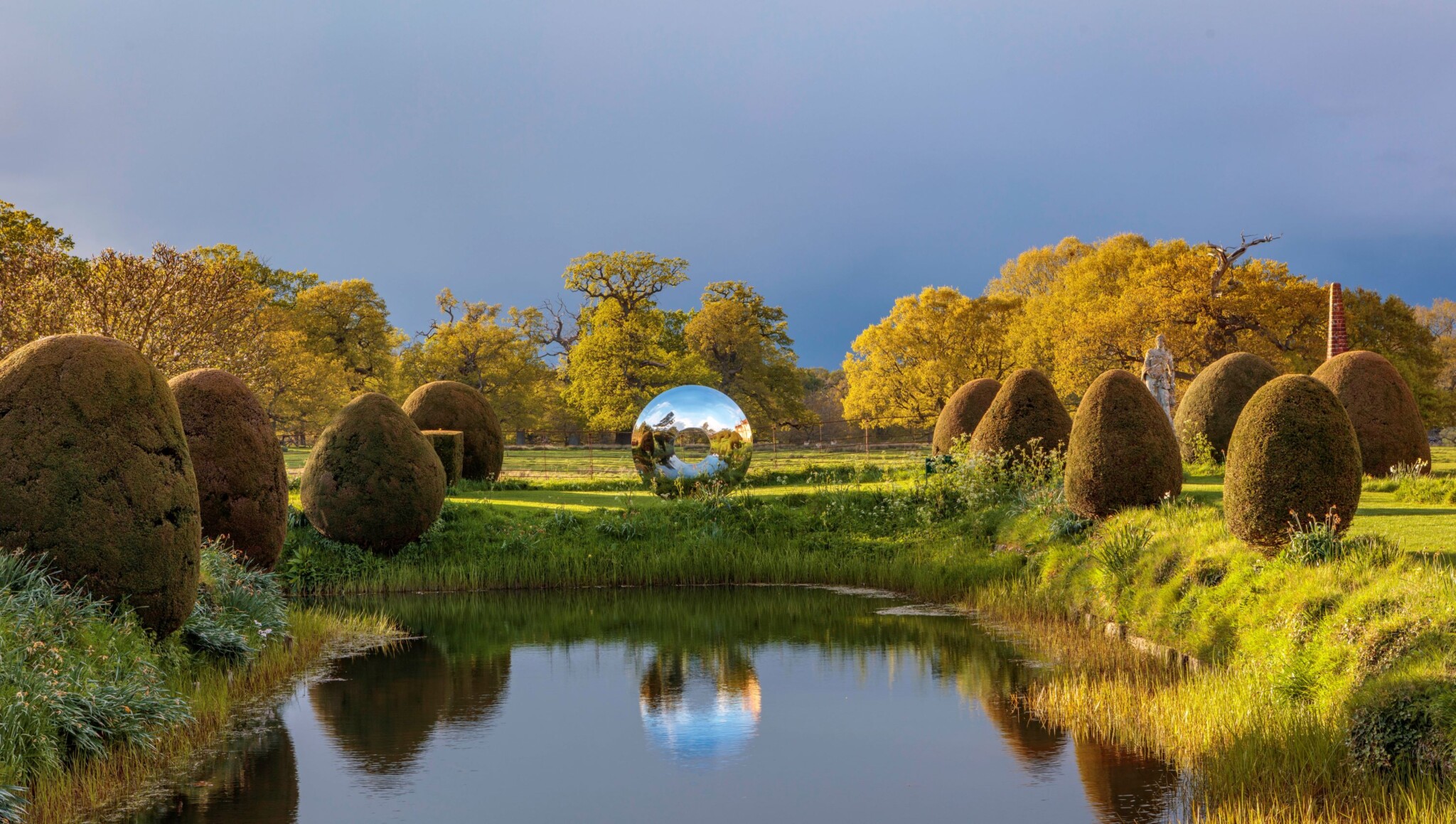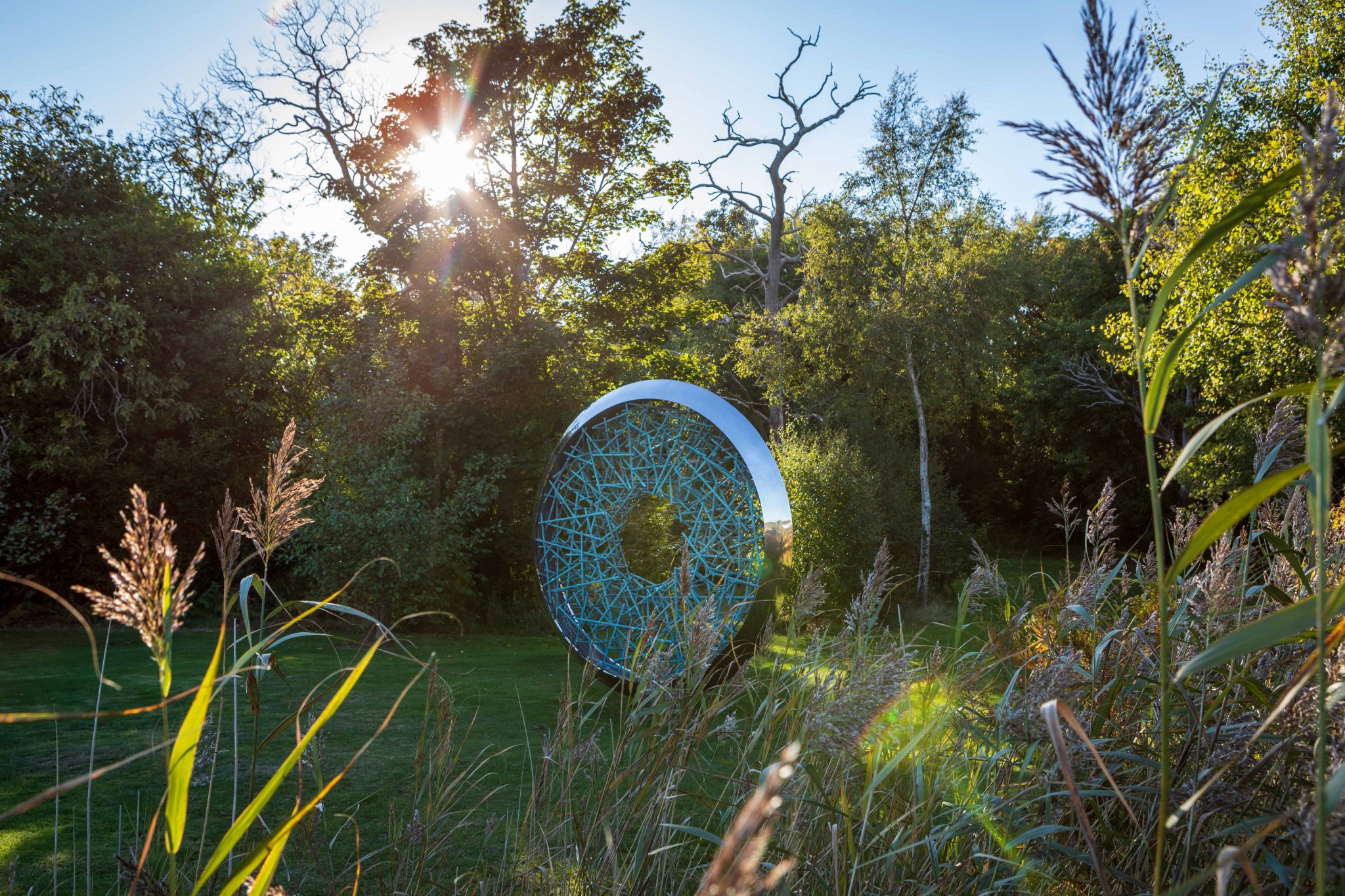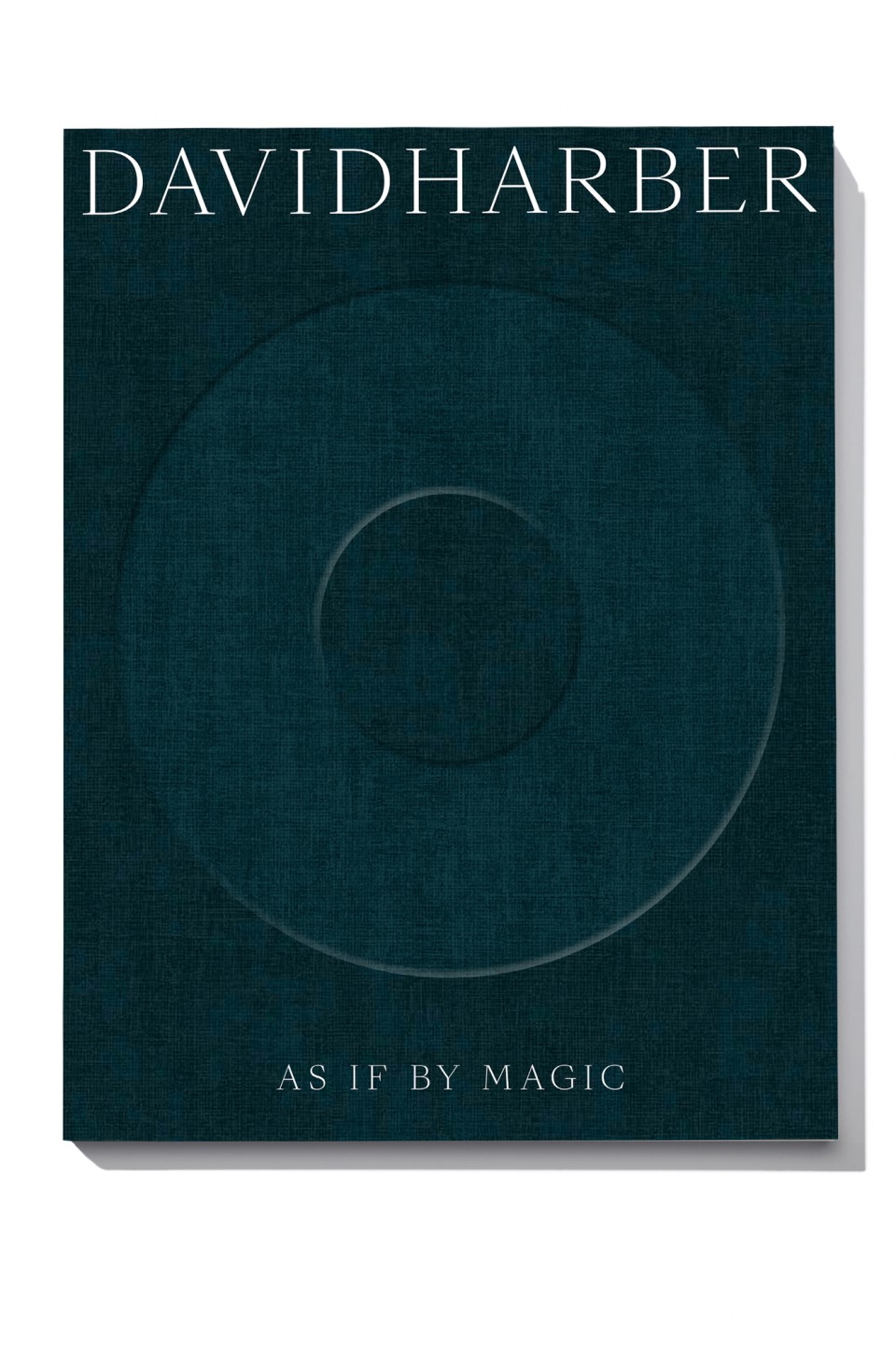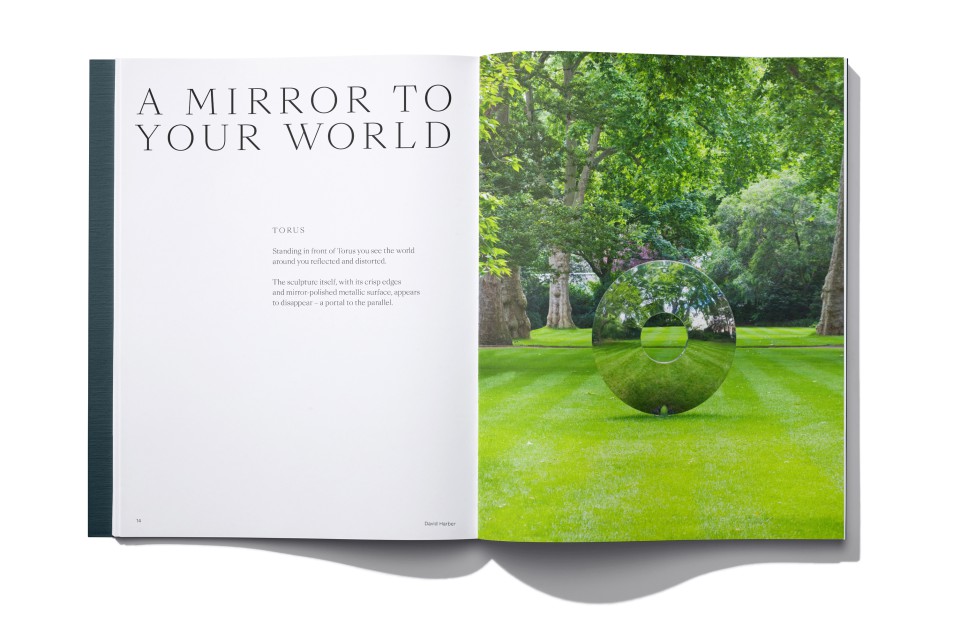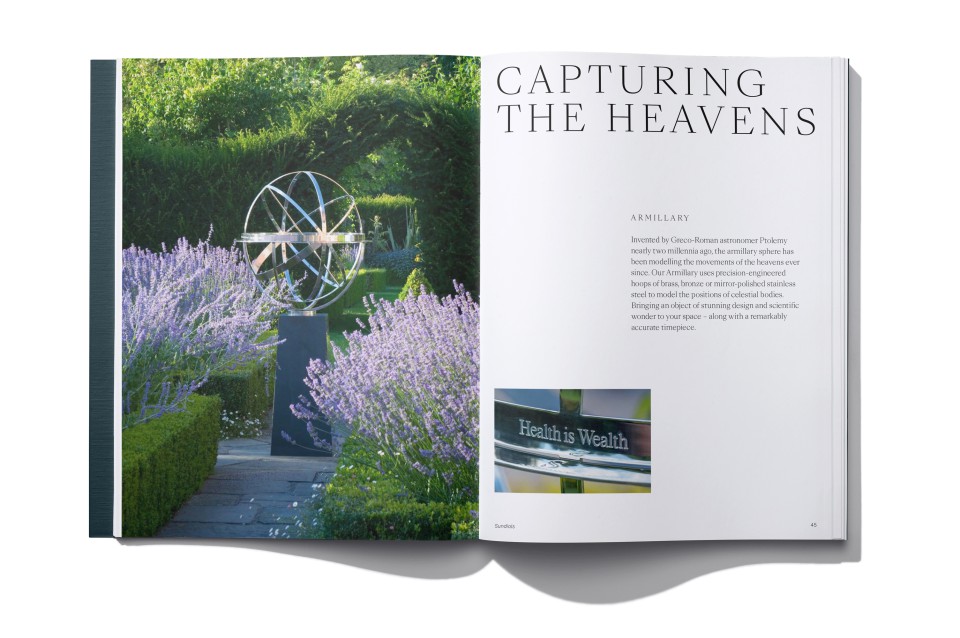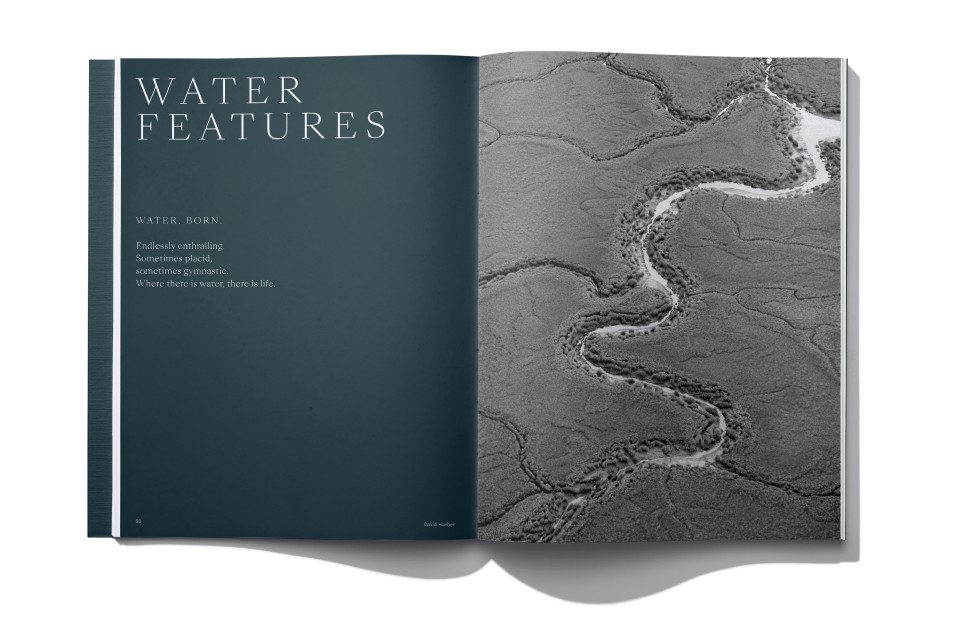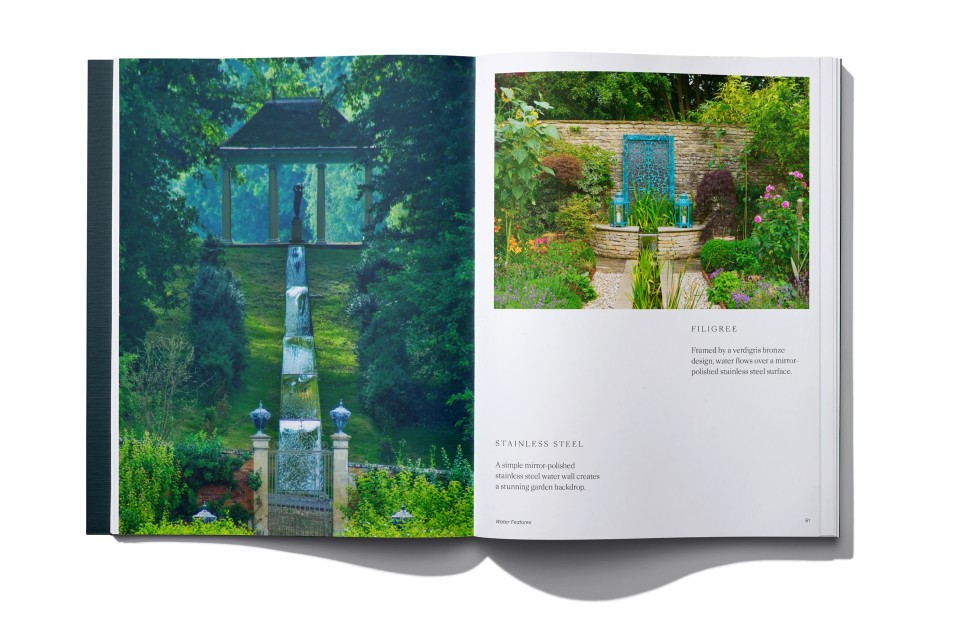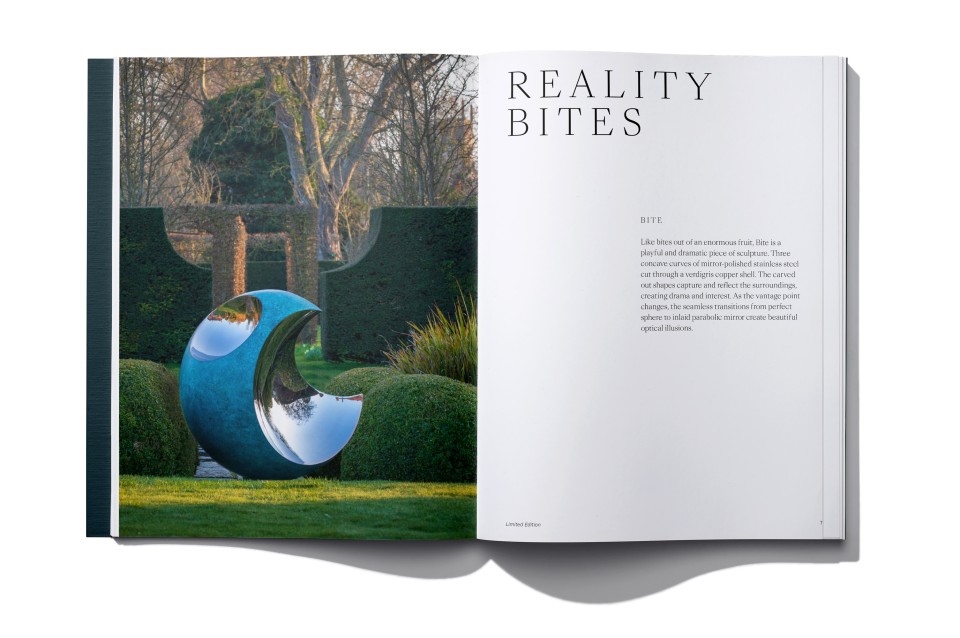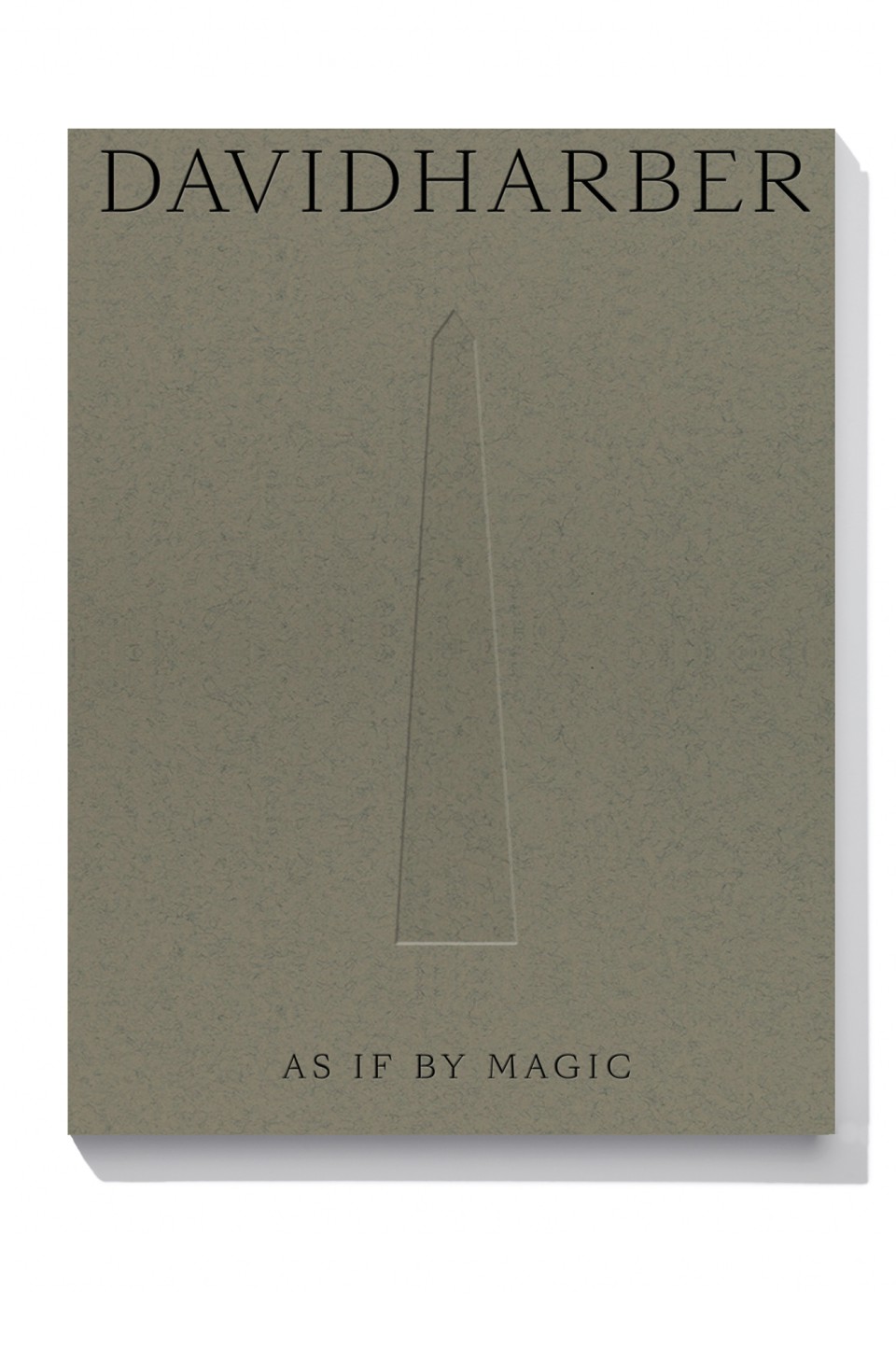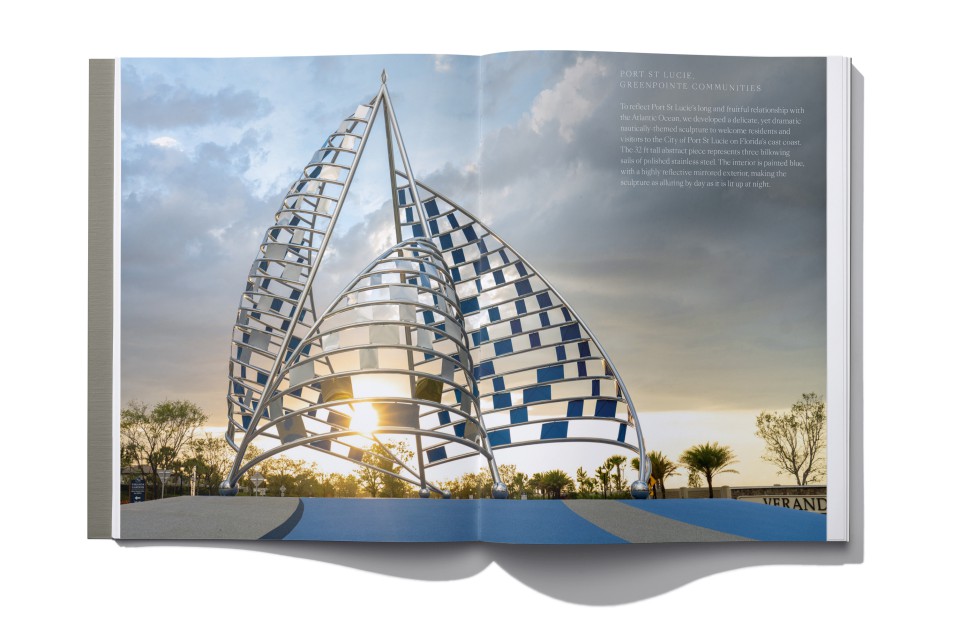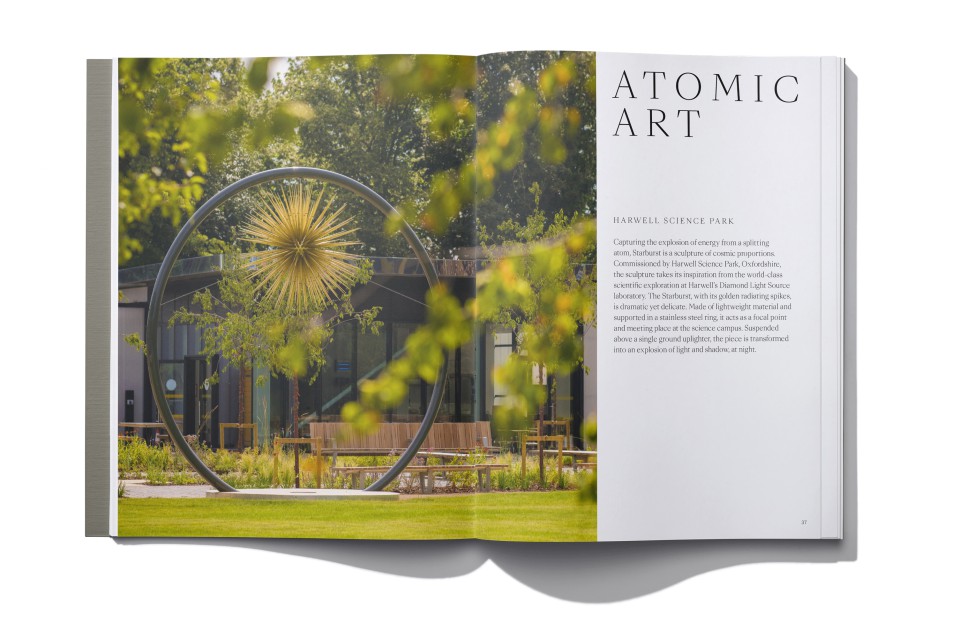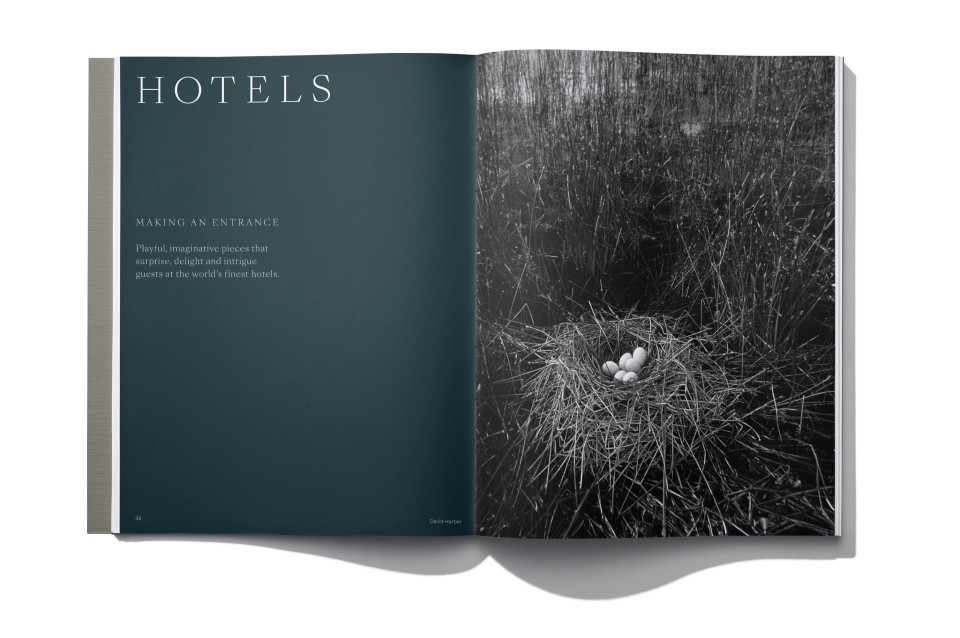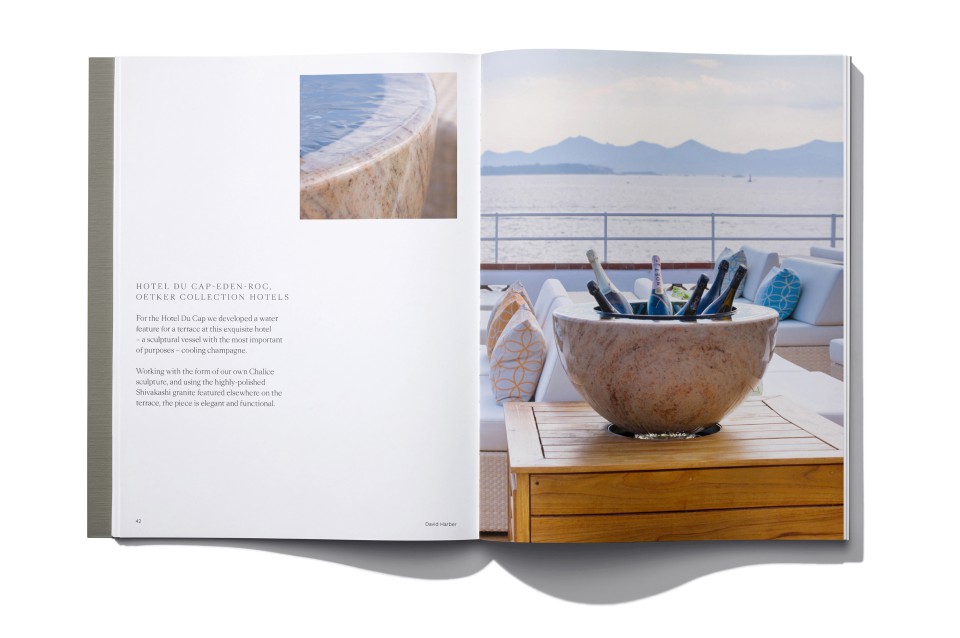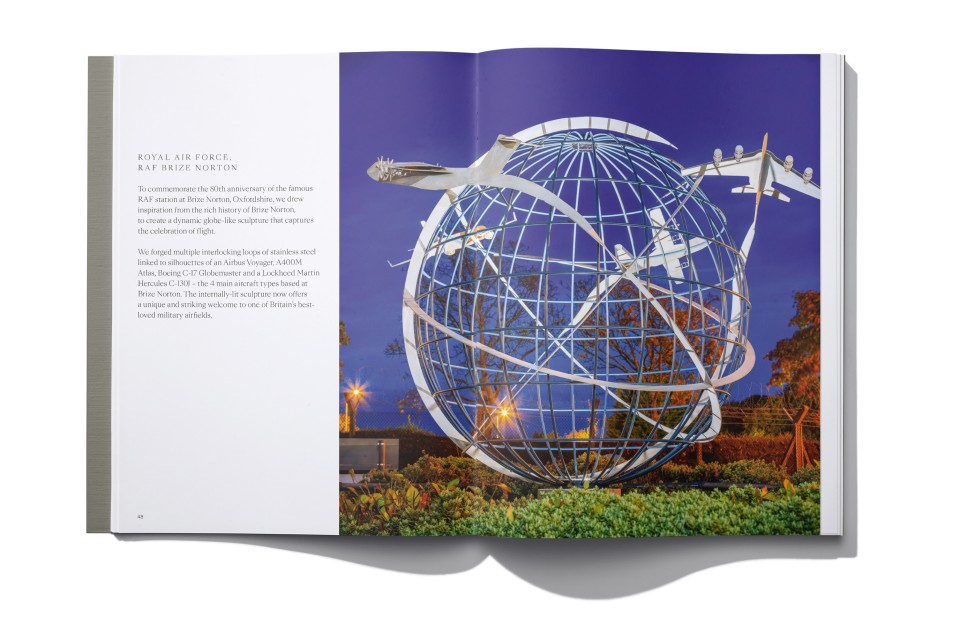The Transformative Power Of Landscape Sculpture: How Garden Art Elevates Outdoor Spaces
An outdoor sculpture or water fountain is a striking way to add an extra layer of interest and an elevated alternative to yard art. More elevated than garden decor, a well-designed and thoughtfully placed piece will become an extension of the home, connecting you to your environment and your place in the world.
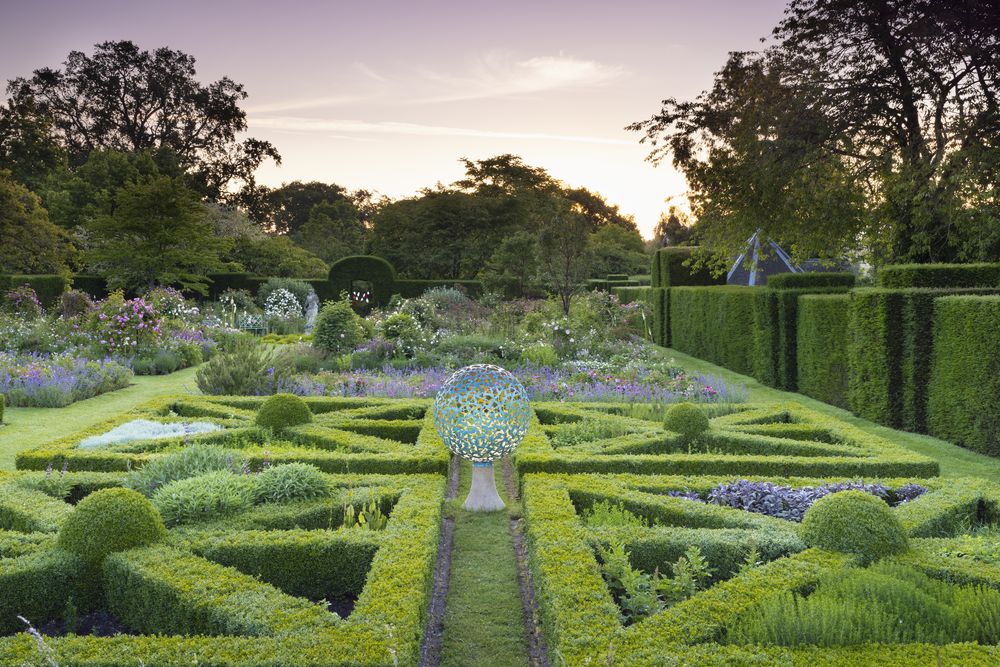
The Geminus landscape sculpture stands as a truly eye-catching focal point within the garden park. It's designed to draw your gaze and be a central feature of the space.
How to incorporate outdoor sculpture in landscape design
The placement of a sculpture is important, and the most popular use for garden sculpture is to create a focal point. This can be achieved by placing the piece on a plinth, on a tabletop, or centering a sculpture at an intersection of pathways. In a large garden, sculpture encourages exploration by becoming a destination within the landscape. It can draw the eye to a view beyond the garden or tempt you to wander through an avenue of trees.
Outdoor sculpture incorporated into planting introduces a surprise and delight element into the garden. Immersed within borders or placed against a dark hedge, sculpture becomes grounded in its location and brings the environment it inhabits into focus.

Incorporating an outdoor sculpture such as the Quill introduces a delightful surprise to the garden.
The relationship between house and garden is truly symbiotic and shouldn’t be ignored when thinking about where to position garden furniture, outdoor decor or landscape sculptures. As we move within the house, we experience the garden from different perspectives through the windows. A glimpse of an artwork tucked away within the layers of natural shapes and textures is an invitation to head outside and discover the magic of a sculpture working in harmony with the natural world.
What materials are best for outdoor landscape sculptures?
Before you choose a landscape sculpture for your outdoor space, consider how the materials will complement or contrast with the surroundings. Metal sculpture is the most resilient against the elements. Examples include stainless-steel sculptures that are contemporary and have an attractive reflective quality, and Corten Steel, which has a rust-like appearance that works in harmony with natural colors and textures for a timeless feel. Natural, textural materials such as stone also work well and blend seamlessly with other organic materials and shapes.
What is the difference between landscape sculpture and traditional sculpture?
Garden sculpture ranges from garden gnomes and birdbaths to traditional figurative garden statues, but landscape sculpture is abstract and organic, blurring the boundaries between art and nature. English artist and sculptor Barbara Hepworth led the development of modern sculpture with her organic abstract metal forms. Her work was inspired by the Cornish landscape where she lived and worked and there is a museum dedicated to her work in St. Ives. Andy Goldsworthy’s work breaks down boundaries between art and nature even further by using natural materials such as rock, leaves and even ice to form temporary sculptures within natural environments.
What is the role of landscape sculpture in public parks?
Art, and sculpture in particular, in the public realm has a soothing effect on observers. It invites visitors to the park to stop and enjoy the moment, encouraging a deeper interaction with the environment it inhabits. Handcrafted pieces for expansive designs or sculpture parks are often large size and express high drama to create an artistic statement and lasting impression.
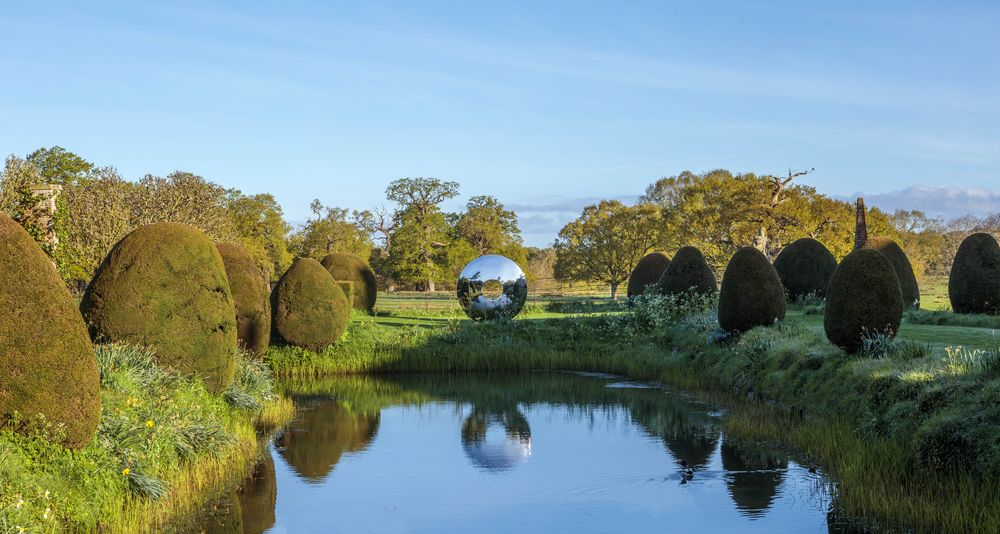
The elegant Torus landscape sculpture, made of slate and stainless steel, makes a striking artistic statement as its reflection shimmers on the tranquil water.
Landscape sculpture design styles
Traditional sculpture is often thought of as figurative garden statues, but landscape sculpture comes in a variety of styles and sizes.
Reflective
The attraction to landscape sculpture comes from its clever ability to reflect the environment around it. This is commonly achieved by forming the sculpture with a reflective metal such as mirror-polished stainless steel, but water features can also reflect light and hues within watery glimmers and flow. Reflective landscape sculpture is intriguing to a viewer. It invites you in to play, to interact with the piece and in doing so, will connect you more deeply to the artwork and the landscape it inhabits.
Organic
Any design that draws inspiration from the natural world can be considered organic, but shape, texture and material are important elements of organic sculpture too. Natural imperfections, curved lines, tactility and realistic representations of nature either in the shape or patina of the material, all have their part to play. The benefit of organic sculpture within a landscape is that it often seamlessly blends into its surroundings and can provide a natural boundary or focal point to draw the eye to other areas or views within the garden.
Statement
Pieces for expansive designs or sculpture parks are often freestanding, large size and express high drama to create an artistic statement and lasting impression. Color can make a statement too, particularly if it contrasts with the natural palette of the landscape.
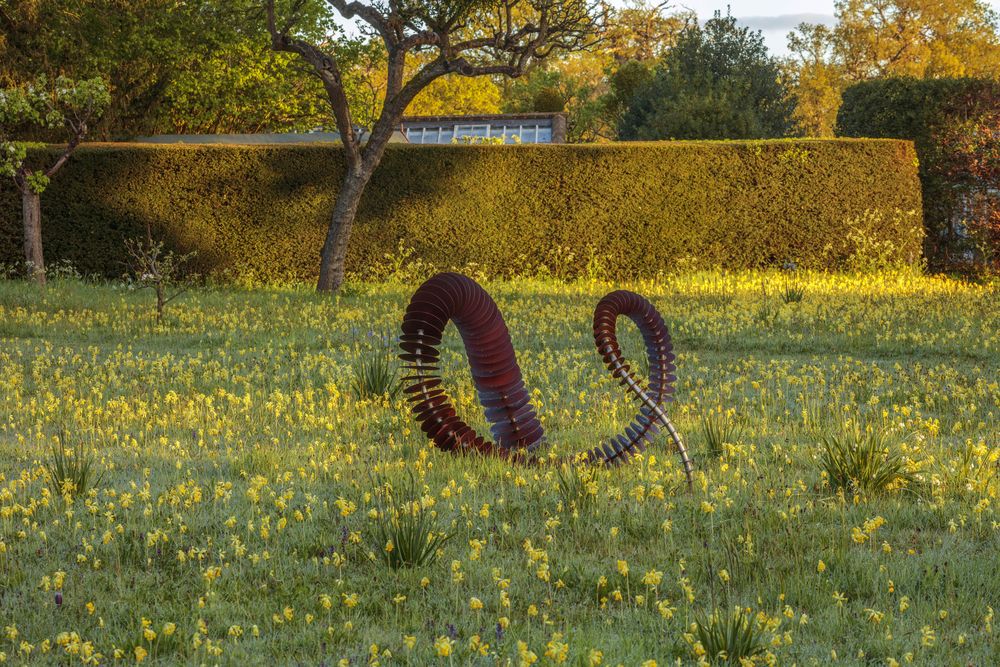
Made with both copper and stainless steel, the Coluna is a notable landscape sculpture situated at Helmingham Hall.
Work with us to create a bespoke one-of-a-kind landscape sculpture
At David Harber, we utilize contemporary design and high-quality materials such as copper, bronze, stainless steel and stone to handcraft luxury sculptures, sundials and water features that explore reflection, illusion, and the passing of time.
The boundless creativity and collaborative spirit of our design studio and workshop in Oxfordshire make for truly unique experiences, whether the end goal is a classic design or a bespoke one-of-a-kind creation, and our pieces grace some of the most prestigious addresses around the world.
We aim to collaborate closely with homeowners and designers to identify the best locations for sculptures. We visit clients in their spaces to understand the deeper significance of a sculpture, as finding meaning behind a commission is more likely to result in a timeless design that will be loved for generations to come.
The magic of conversation
Whether you’ve decided on a piece, or you just want to sound out any aspect of our work, then please do get in touch.
